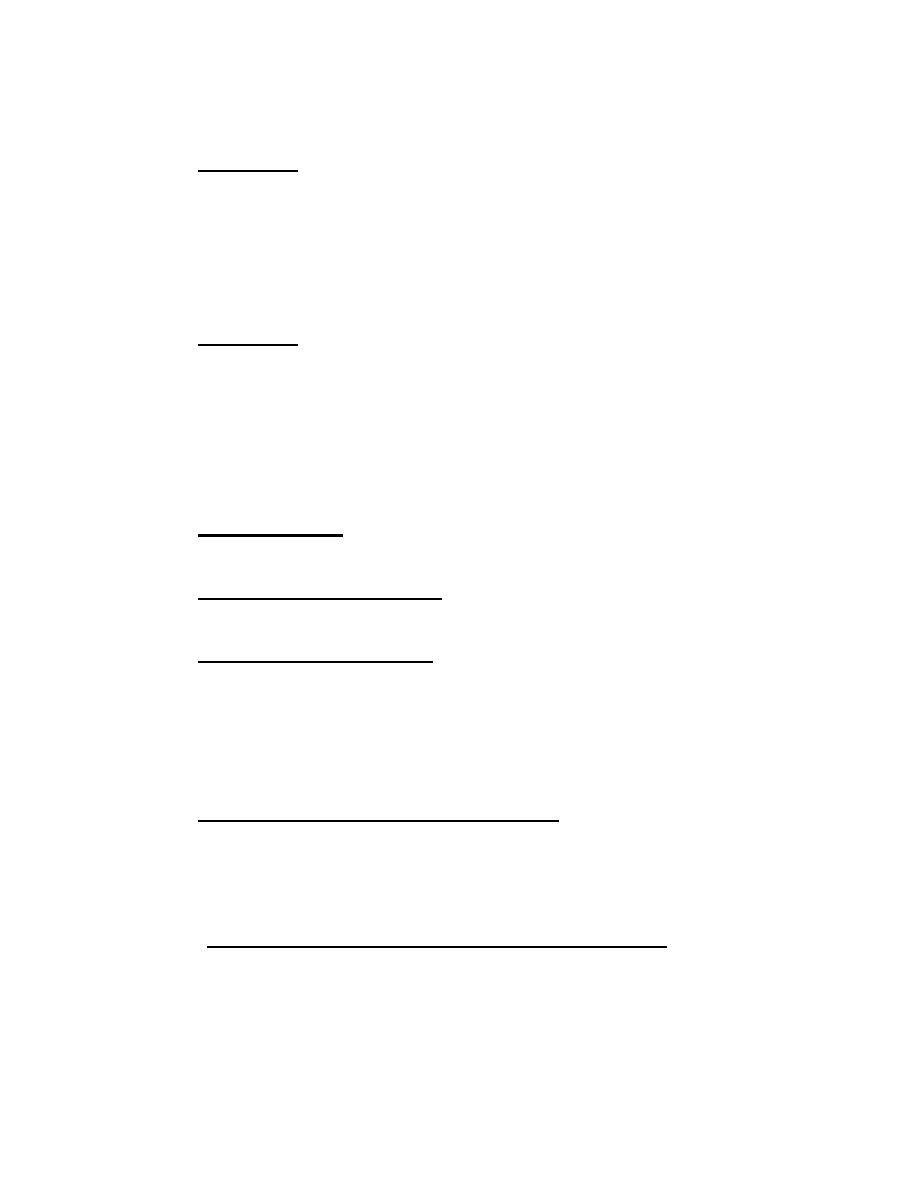

Custom Search
|
|

|
||
 MIL-HDBK-1025/4
4.2.5
Hard Bottom. Where impenetrable material exists at shallow depth
such that sufficient toe resistance cannot be developed in the overlying soil,
consider the use of soldier piles drilled into the hard bottom or set sheeting
into a trench, blasted the hard bottom or set sheeting into a trench, blasted
out of hard material. For reasons of incompatibility of strains, passive
resistance in the hard material normally may not be added to the passive
resistance of the looser overlying material. Similarly, the keying effect
which can be attained by driving steel piling to refusal into the hard
material should not be considered as adding to the passive resistance of the
looser overlying material.
4.2.6
Soft Bottom. (See Figure 19.) Where a soft bottom creates
problems with developing adequate toe resistance, consider excavating and
replacing the soft material or strengthening the material by the use of:
a)
sand blanket,
b)
sand drains (with surcharge and waiting period),
c)
compaction piles, or
d)
heavy rock fill which will penetrate the soft material.
4.3
Special Measures. Where a high (deep) wall, heavy surcharge, or
poor soil conditions require exceptional bending strength of the front wall,
consider the special measures as described in paras. 4.3.1 through 4.3.7.
4.3.1
Use of Lightweight Material. Slag or shell, for example, when used
as fill behind the wall, reduces the lateral pressure acting on the wall (see
Figures 20 and 21).
4.3.2
Multiple Levels of Anchors. (See Figure 10, Example E.) This
requires the use of divers to bolt sheets to lower wales which is facilitated
by use of inside wales. The capacity of the sheeting should be estimated by
plastic analysis as yield conditions are likely to occur locally in both
sheeting and wales. The basic reason is that the sheeting will not be plumb
nor will the wales be straight. Excess toe resistance and anchor rod capacity
is required to compensate for the uncertainty of the distribution of lateral
resistances. Special care is required to equalize the tension in the tie
rods.
4.3.3
Use of Non-Domestic or Built-up Sections. Figures 22 and 23
illustrate some steel sections which are available from non-domestic sources
and some devices for strengthening commercially available domestic materials.
4.3.4
High-Strength Sheet Piling. Steel sheet piling with yield
strengths of 50,000 psi (14.66 x 107 kg/mm2) or greater, are commercially
available.
4.3.5
Modification of Characteristics of Soil Behind Wall. The
characteristics of the upland fill may be modified by interposing a dike or
blanket of better materials (see Figure 24).
28
|
 |
|
 |
||